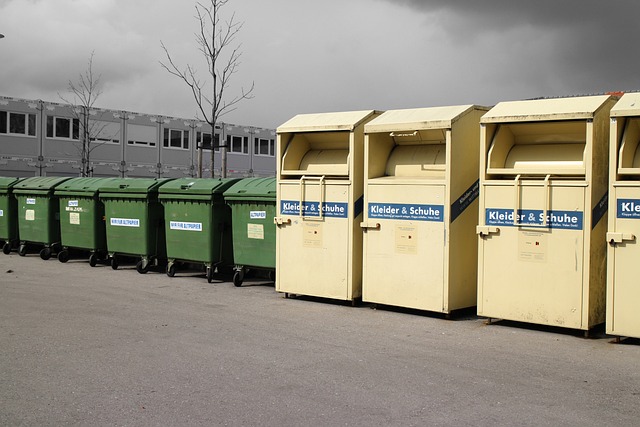How to Recycle Your Electrical Waste
Electronic waste, commonly known as e-waste, refers to discarded electrical or electronic devices. It is one of the fastest-growing waste streams globally, as technology continues to advance at a rapid pace. Unfortunately, e-waste often ends up in landfills, where it poses a significant environmental risk due to its toxic components. Recycling your electrical waste is crucial to minimize the negative impact on the ecosystem and human health. Here are some essential steps to help you recycle your electrical waste responsibly.
1. Find a Certified E-Waste Recycler:
When it comes to recycling your electrical waste, it is crucial to choose a certified e-waste recycler. Look for a local recycler that follows environmentally friendly practices and complies with the appropriate regulations. These certifications ensure that the recycler has the necessary expertise and resources to handle your e-waste efficiently. They will be able to properly dismantle and recycle the components without causing harm to the environment.
2. Determine What Can Be Recycled:
Not all electrical items can be recycled in the same way. Some devices may contain hazardous materials that require special handling. It is essential to determine which items can be recycled and how to do it correctly. Common recyclable electronic items include computers, laptops, smartphones, televisions, printers, and small household appliances. However, batteries and light bulbs need separate recycling methods. Check with your local recycler or municipal waste management facility for specific guidelines on recycling these items.
3. Erase Personal Data:
Prior to recycling your electronic devices, it is crucial to remove all personal data stored on them. This step is especially important for gadgets like computers, smartphones, and tablets, which usually contain sensitive information. Take the necessary precautions to wipe all data thoroughly. It is recommended to consult the manufacturer’s guidelines or seek assistance from a professional to ensure your personal data is securely deleted.
4. Prepare Your Items for Recycling:
Properly preparing your electrical waste for recycling can streamline the process and ensure maximum efficiency. Remove any batteries or power cords from the devices and pack them separately. Make sure to organize and label your e-waste before taking it to the recycling facility. If possible, try to find the original packaging for larger items, as it can provide extra protection during transportation. Following these steps will facilitate the recycling process and reduce the chances of damage during handling.
5. Look for Take-Back Programs:
Many electronic manufacturers and retailers have take-back programs in place, allowing customers to return their old devices for recycling. These programs are often free and ensure that products are recycled responsibly. Research the brands you are considering purchasing from and choose those that have established take-back programs. By supporting these initiatives, you can contribute to reducing e-waste and encouraging manufacturers to adopt sustainable practices.
6. Educate Yourself and Others:
One of the most effective ways to tackle the issue of e-waste is through education. Stay informed about electronic recycling methods and spread awareness among your friends, family, and community. Knowledge of safe disposal practices can help prevent electrical devices from ending up in landfills. Encourage others to recycle their e-waste responsibly and organize drives or events to collect and recycle unused or outdated electronics.
Recycling your electrical waste is a responsibility that we all share. By choosing a reputable recycler, understanding what can be recycled, wiping personal data, preparing items properly, exploring take-back programs, and educating ourselves and others, we can contribute to a more sustainable future. Let’s ensure that our discarded electronics do not harm the environment but instead become valuable resources for new technological developments.
